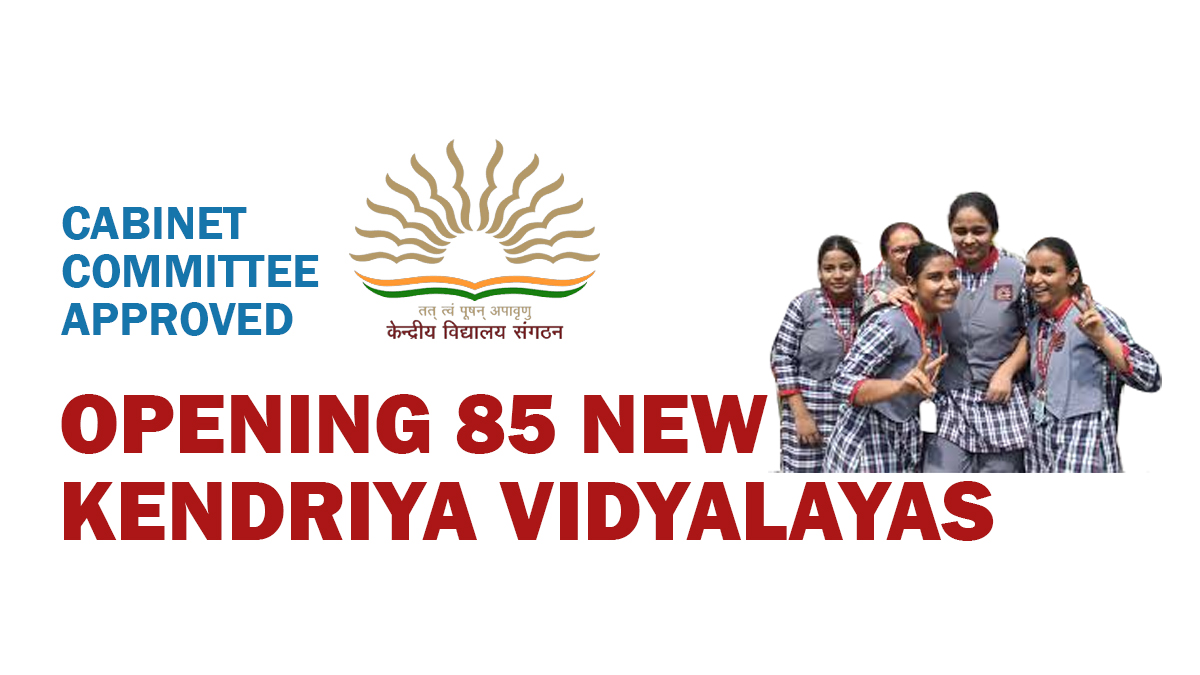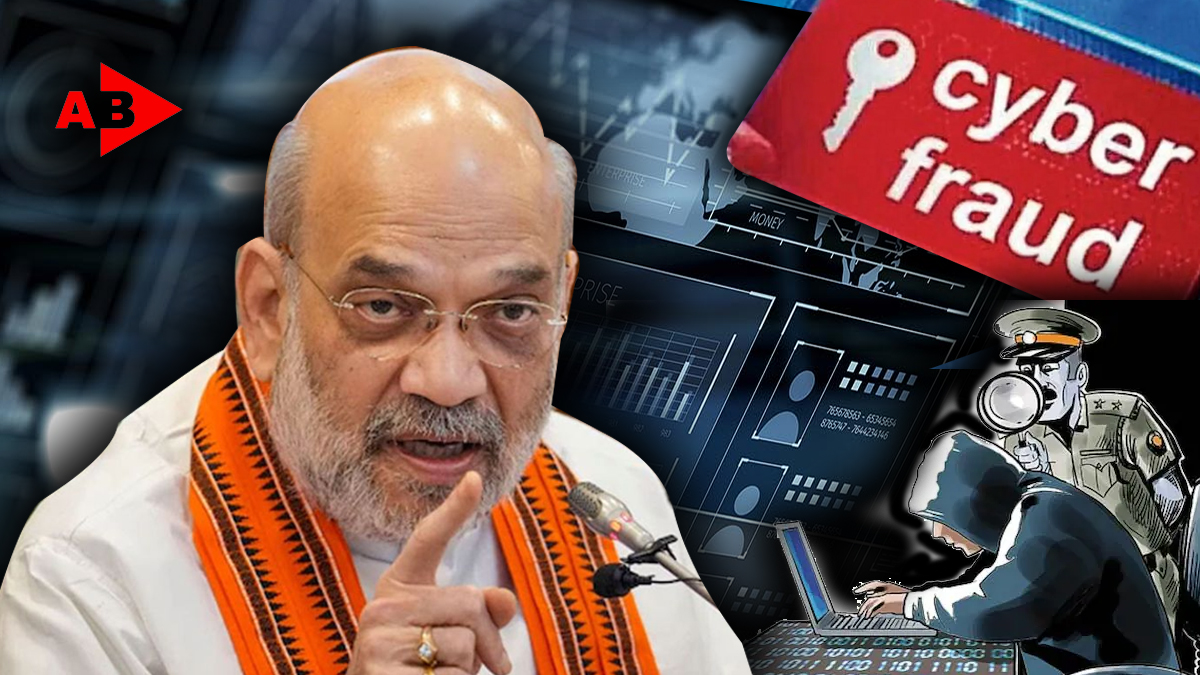
Major Educational Initiative Aimed at Enhancing Accessibility for Central Government Employees and Their Families
AB News, New Delhi: In a landmark decision, the Cabinet Committee on Economic Affairs (CCEA), chaired by Prime Minister Narendra Modi, has approved the establishment of 85 new Kendriya Vidyalayas (KVs) across the country, in addition to the expansion of an existing Kendriya Vidyalaya in Shivamogga, Karnataka. This initiative is expected to significantly enhance educational opportunities for the children of transferable Central Government and Defence employees, addressing issues related to mobility and access to quality education.
Key Details of the Decision
1. Establishment of New Kendriya Vidyalayas
The decision includes the opening of 85 new KVs primarily under the Civil and Defence sectors, which aims to facilitate the educational needs of the wards of Central Government employees across various states. The total estimated cost for establishing these KVs, as well as expanding the existing one in Shivamogga, is approximately ₹5,872.08 crore over eight years, starting from the financial year 2025-26. The breakdown of costs includes:
Capital Expenditure: ₹2,862.71 crore (approx.)
Operational Expenditure: ₹3,009.37 crore (approx.)
2. Expansion of Kendriya Vidyalaya Shivamogga
In addition to the new KVs, the plan includes the expansion of the existing KV Shivamogga by adding two additional sections in all classes, thereby accommodating the increased number of students and ensuring better educational infrastructure.
3. Beneficiary Projections
The new KVs and the expansion of Shivamogga KV will collectively provide educational facilities for approximately 82,560 students. This is aligned with the current operational capacity norms, which posit that each KV serves about 960 students.
4. Employment Generation
The establishment of the new KVs is expected to create around 5,388 direct permanent employment opportunities. A full-fledged KV provides jobs to approximately 63 personnel, and the addition of 85 new KVs, along with one expanded KV, is projected to generate substantial employment, benefitting skilled and unskilled laborers involved in construction and other related activities.
Existing Kendriya Vidyalayas in India
Currently, there are 1,256 functional KVs, including three set up abroad in Moscow, Kathmandu, and Tehran. Approximately 13.56 lakh students are currently enrolled in these schools, which are recognized for their high educational standards.
Kendriya Vidyalayas were established in November 1962 to provide quality education for the children of transferable Central Government officials and Defence personnel. The schools have a significant role in fulfilling the educational needs of the floating population across both urban and rural areas.
Educational Quality and Performance
Kendriya Vidyalayas are known for their innovative teaching methodologies, uniform curriculum, and well-maintained infrastructure. Under the National Education Policy 2020, many KVs have been designated as PM Shri Schools, showcasing their role as exemplary institutions for implementing the policy and setting educational benchmarks for others.
Each year, there is a consistent increase in the number of applications for Class I admissions in KVs, and the performance of KVs students in CBSE board examinations has historically ranked among the best in the country.
The recent cabinet decision underscored the government’s commitment to improving educational accessibility for children of Central Government employees. By establishing these new KVs and expanding existing ones, the initiative aims to enhance the educational landscape in India significantly. This step not only emphasizes the importance of quality education but also strengthens the support system for families that move frequently across the country due to their jobs.
With these developments, India is poised to further elevate its educational standards and ensure that children of government employees receive the best possible education, irrespective of their geographical location.
Source: PIB


